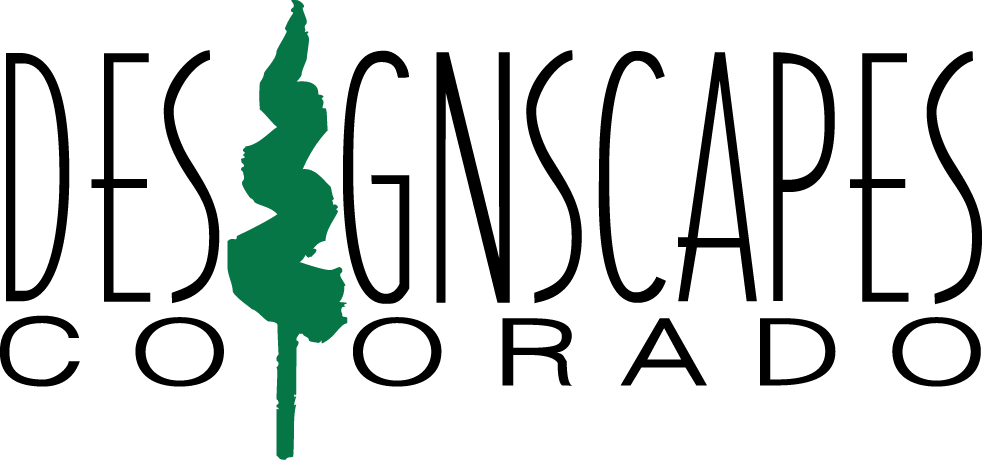With the stunning Rocky Mountains in our backyard, we all want our landscapes to reflect that beauty. Whether you want your landscape to look like your own piece of the mountains, or want a structured-formal look, there are many ways to incorporate Green Landscape Design into your project. Designing a Sustainable Landscape in Colorado is beautiful and not hard to do; all it takes is planning, and knowing about the surrounding climate.
Every yard in Colorado is a little different, due to elevation, wind, sun exposure, and soils. It is crucial to think about how these elements will affect your design. Here are a few factors to consider when applying environmentally friendly landscaping design to your yard:
-Irrigation system:
Water conservation is always a priority when designing sustainable landscapes. Installing a smart irrigation controller or rain sensors are easy ways to conserve with your existing system. Designing your irrigation system appropriately will not only conserve water, but keep your lawn and plants healthy.
Zoning your system appropriately is key to good irrigation design. To water your plants and lawn use appropriate combinations of drip, micro sprays, pop-ups and rotors. Always take slope, drainage and sun-exposure into consideration when designing your zones. (i.e. do not put a shady area and a full sun area of sod on the same zone).
Planting Design
Conducting a soil test or knowing about the native soil is always important when choosing plants in a sustainable landscape design. Colorado’s soils tend to be made up of heavy clay and have higher pH levels. Before planting, adding organic matter to the existing soil will help aerate the soil, help drainage, and most importantly add nutrients the plants need to become established.
- Design areas of your garden with plants with similar water and care requirements. This will allow for efficient water zoning.
- Consider plants that are appropriate for Colorado, keeping water requirements and soil ph in mind.
- Researching plants growth habits, and sun tolerance are important factors when putting a planting plan together.
- Planting trees on the southwest sides of your property help shade your house in summer which conserves energy.
- If you enjoy wildlife and birds, choose plants that produce berries and winter interest that will keep the birds in your yard.
- Choose the appropriate variety of sod, grass seed, or alternative lawn for your lifestyle and yard:
- Bluegrass is most commonly used in Colorado. It’s fast recovery time from high traffic abuse is the best. It can be used from part shade to full sun.
- Tall Fescue is a good alternative to bluegrass; its roots can grow to 4’ deep and has good drought tolerance. It is slower to recover to high use than bluegrass.
- Hybrid Bluegrass has the same benefits as bluegrass, but its deeper roots give it better drought tolerance.
- Fine Fescue is the best option for a shaded yard; it does not handle high-levels of wear abuse.
- Buffalo grass is the best choice for minimal irrigation and low maintenance. It is slow to green up in the spring, and does not handle high traffic well.
Hardscape Features:
Outdoor living spaces, boulders, stone walkways, and water features are enjoyed everyday in our landscapes. Incorporating local materials into your features is the best way to make your hardscape green. Colorado has many different stone quarries with a variety of materials, from red and buff flagstone to granite boulders. Choosing local materials versus buying shipped in materials is the best way to green up your hardscape.
Here are a few commonly used materials that are mined locally:
- Colorado Red and Buff flagstone
- Moss Rock Boulders
- River Rock and Boulders
- Granite Rock and Boulders
- We also have many local paver and brick companies that manufacture products here in Denver!

